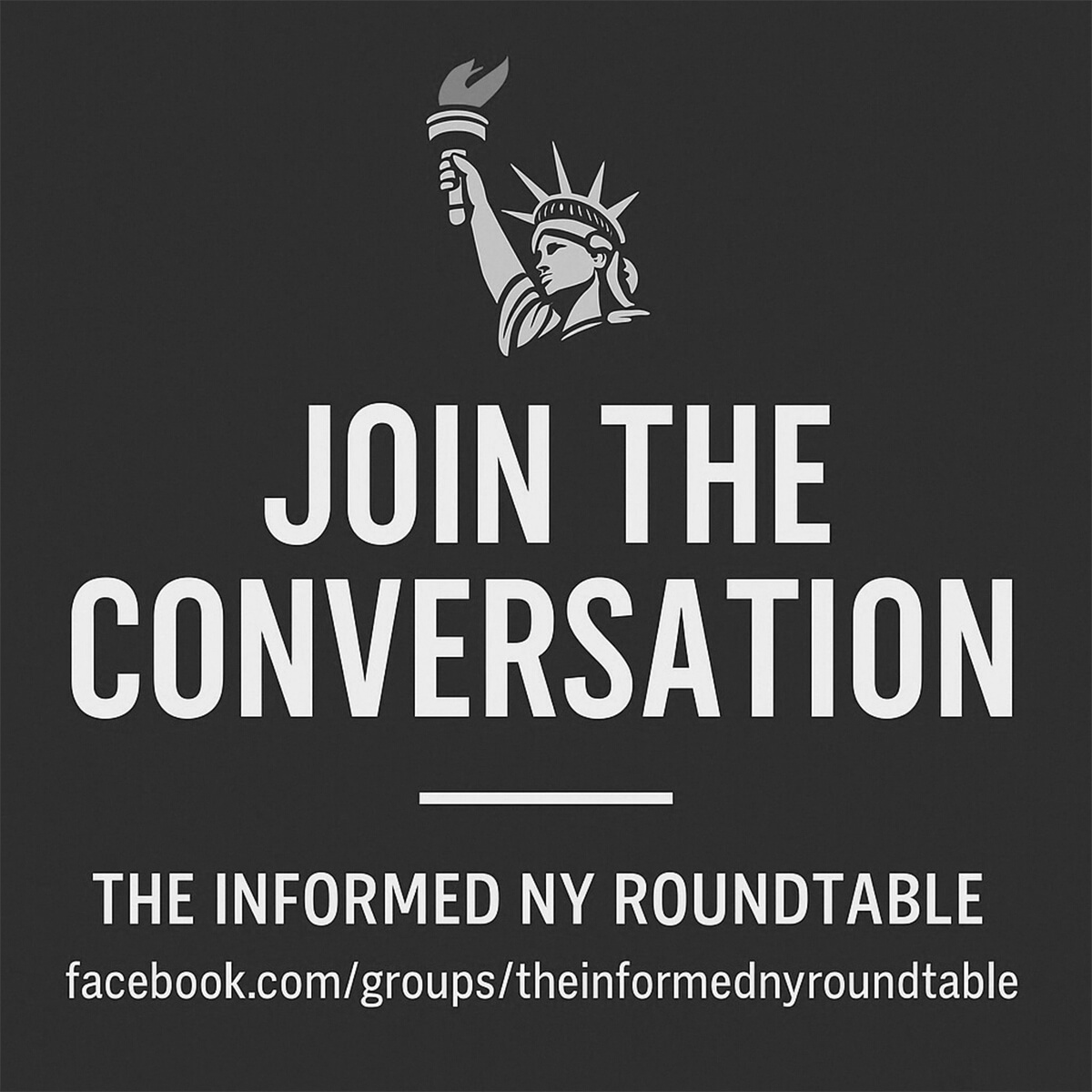
Just who owns the media?
Bought and Believed:
How Political Money Is Rewriting the News
In recent years, wealthy activists and ideological donors have quietly transformed local news ecosystems by funding or buying media outlets mostly through nonprofit vehicles that fly under the regulatory radar. What began as a solution to declining journalism has become a battleground of influence, where funding shapes not just survival but editorial identity.
In Maine, the Maine Trust for Local News, a subsidiary of the Denver-based National Trust for Local News, purchased five daily newspapers and numerous weeklies in mid‑2023. While the Trust promises independent governance, several major progressive funders, including the Open Society Foundations (founded by George Soros) and Swiss billionaire Hansjörg Wyss are linked to its financing. Official statements say grants were general, not earmarked for Maine specifically. But critics note that donor identities remain opaque, raising concerns about editorial sway and media bias.
Wyss, though not a U.S. citizen, has donated heavily, over $1.1 million in 2023, to support left‑leaning, state‑focused nonprofits like States Newsroom and nonprofit umbrella funds like the Sixteen Thirty Fund and New Venture Fund. His operations, including The Hub Project, are embedded in the Arabella Advisors network, which is a sophisticated infrastructure for “dark‑money” political funding.
Local editorial landscapes are shifting under this influence. Maine remains a politically mixed state voting for Republican former Governor LePage and also Democratic Senator King making media tone and framing especially significant. When formerly independent outlets adopt nonprofit funding models with ideological ties, intuitive trust can erode.
New York State, long seen as reliably blue, is also affected. Statewide nonprofits like States Newsroom produce content across all 50 capitals, including New York’s Albany. Their work is funded by left-wing foundations and occasionally described by watchdogs as “journalism bought by people with a political agenda”. The centralized nonprofit model allows funding without political limits, raising questions about democracy when media “gatekeepers” are chosen by anonymous donors.
Is it time for restrictions?
Unlike direct political contributions (which ban foreign donors), nonprofit grants can slip through legal loopholes, structuring money indirectly toward media that may shape public opinion and policy debates. Republican‑led proposals aim to close these “loopholes,” but critics warn restrictions could harm journalism at a time when many local outlets face collapse.
Questions linger:
-
Are nonprofit-owned newspapers truly insulated from donor bias when they receive support from ideologically motivated funders?
-
Does Maine’s media remain balanced or subtly shift left?
-
Should New York’s capital reporting reveal donors more transparently, even at the cost of nonprofit sustainability?
In short, the erosion of traditional for-profit media ownership has opened doors for ideological influence via nonprofit funding, challenging assumptions about journalistic gatekeepers. Whether this is a rescue or a capture depends partly on transparency, governance safeguards, and public scrutiny.

